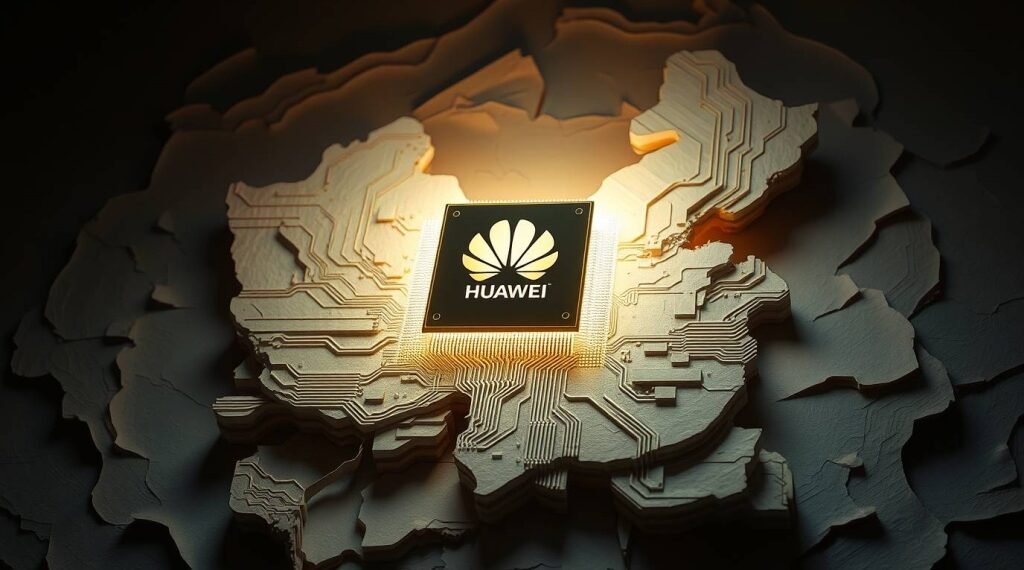Loads of Huawei’s 910C GPUs are expected to ship by June 2025. This chip, regarded as an architectural advancement, pairs dual 910B processors to double the computing power and memory of its predecessor, achieving performance levels comparable to Nvidia’s H100, released in 2022.
The United States has sought to limit China’s access to AI-capable chips through various restrictions, including the H100 export ban. Despite these efforts, China has rapidly advanced GPU production, with companies like Huawei, Moore Threads, and Iluvatar CoreX, leading to record domestic AI chip production. This development raises concerns as China tests its new Ascend 910D chip, which could surpass the H100’s abilities.
The still viable Biden AI Diffusion Rule enforces restrictions on the export of advanced AI chips to various countries, creating tiers of access based on geopolitical considerations. While the intent is to prevent China from receiving these semiconductors, this approach may prove counterproductive as countries, searching for high-performance chips and more stable post-tariff relationships, may increasingly turn to Chinese manufacturers.
Additionally, Chinese technology efforts, such as DeepSeek’s AI model creation, demonstrate China’s advancements in artificial intelligence at competitive prices, raising questions about the sustainability of U.S. dominance in the technology race. It seems that China may soon develop its own versions of advanced AI architectures, positioning itself as a potential leader in the semiconductor market, which could have significant implications for the United States and Europe.
The ainewsarticles.com article you just read is a brief synopsis; the original article can be found here: Read the Full Article…




